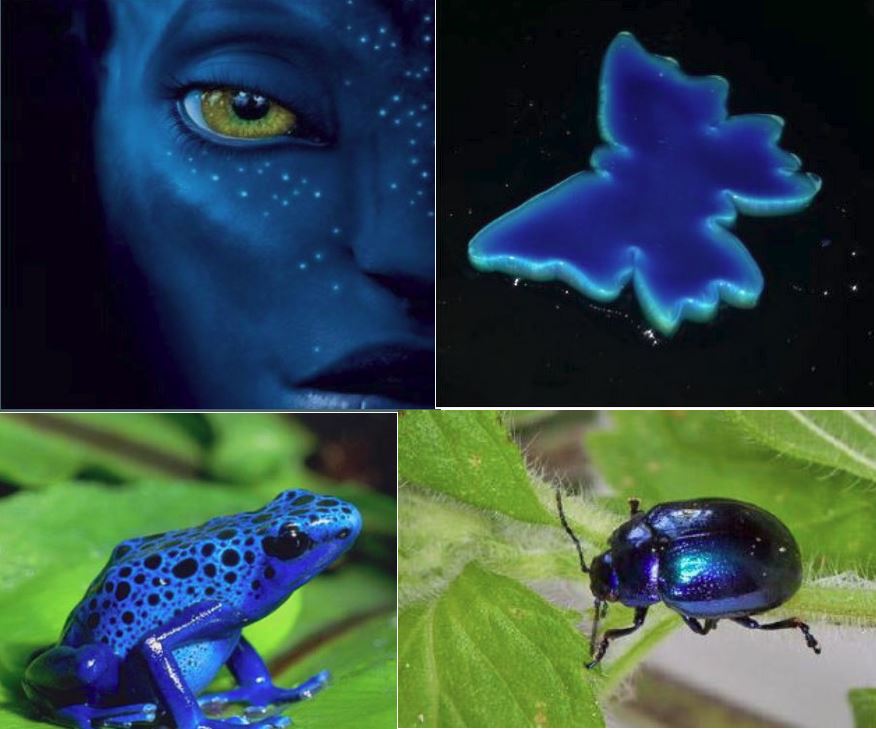
Biological materials have complex mechanical properties that are difficult to reproduce using synthetic materials. An international team of researchers, led by UNC-Chapel Hill chemist Sergei Sheiko, has produced a biocompatible synthetic material that behaves like biological tissues and changes color when it changes shape — like chameleon skin.
The research is featured in the March 30 edition of Science.
Sheiko said the research could have powerful implications for the development of a new generation of biomedical devices. In order to produce a medical implant, for instance, the materials must have similar mechanical properties as a surrounding biological tissue in order to mitigate inflammatory response.

“Our body can be viewed as an aging car that constantly needs replacement parts. Given the steadily aging population, this creates a pressing need for better and more diverse materials for biomedical devices,” said Sheiko, the George A. Bush Jr. Distinguished Professor of Chemistry. “One key demand is that these materials closely mimic the mechanics of living tissue.”
A number of biological tissues, including the skin, the intestinal wall and the heart muscle, have the characteristic of being soft yet stiffening when they are stretched. The mechanical and optical properties of biological tissue also act in concert to serve living organisms such as chameleons, amphibians, birds and butterflies. The tissues may adjust their colors for camouflage.
“Until now, synergistically integrating mechanical and optical performance has been a big material design challenge because we are essentially trying to mimic the skin of James Cameron’s Avatar: soft on touch, stiff upon deformation and colored for appeal or camouflage,” Sheiko said.
As outlined in the paper, “Self-assembled elastomers with molecularly encoded tissue-like softness, strain-adaptive stiffening and coloration,” the research team has attempted to achieve this by controlling polymer architecture. They synthesized a physically cross-linked elastomer (polymer with elastic properties) composed of a central block onto which side chains were grafted (like a bottle brush) and with linear terminal blocks at each end. They succeeded in encoding in this synthetic polymer both mechanical and optical properties of natural systems, a feat which had previously never been achieved. The polymer was found to be biocompatible and does not require the addition of chemical additives, e.g. solvent.
“The design-by-architecture approach reported in our paper will open the door for making materials a soft as brain tissue and as stiff as skin — ideal for direct use as implants for reconstructive surgery and drug delivery,” Sheiko added.
Watch a video that shows when the material is stretched, its color changes (Credit: Sergei Sheiko):
https://www.facebook.com/UNC.College/videos/10156389937284515/




